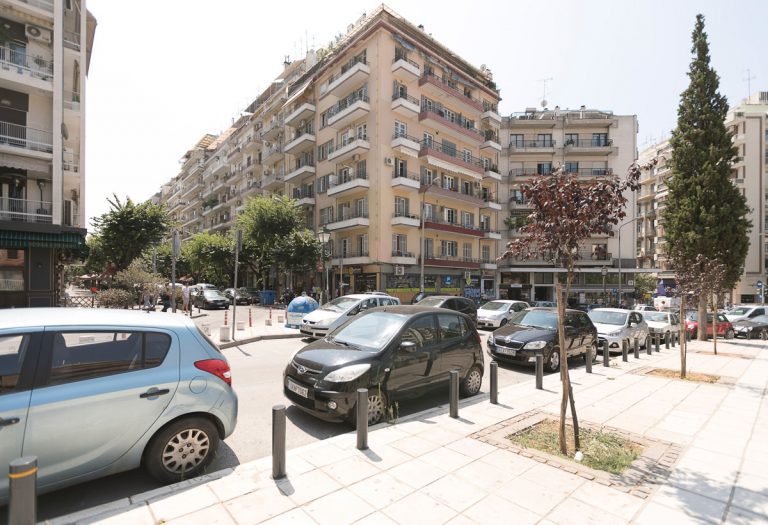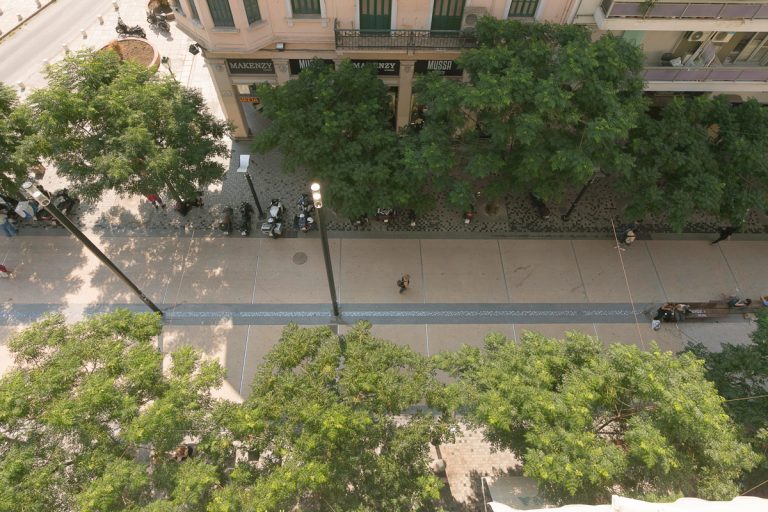The White Tower was built in the fifteenth century after the fall of Thessaloniki to the Ottomans in 1430. At its location, there had been an older tower belonging to Thessaloniki’s Byzantine fortifications, where the eastern wall met the sea wall. The Tower was the eastern end of the sea wall; there was another at the western end, and a third in between.
Over the years, it was referred to by various names: the Lion Tower in the sixteenth century, the Tower of Kalamaria in the eighteenth, while in the nineteenth century we find it with two names, depending on its use: the Tower of the Janissaries when the garrison of Janissaries was stationed there, and the Tower of Blood (Kanle Kule) when it became a prison and place of execution for convicts. In 1880, in his book on the city’s monuments the historian Mihail Xatzi Ioannou called it the Bastille of Thessaloniki, where those condemned to death were slaughtered on its terrace and their blood dyed its walls red, as a cannon shot from the western part of the city signified that the death sentence had been carried out.




